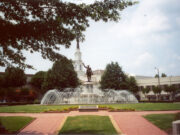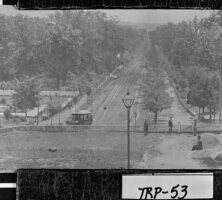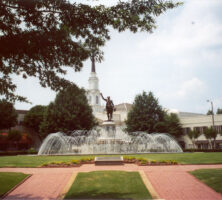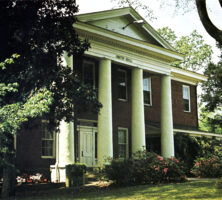LaGrange, the seat of Troup County, is located approximately sixty miles southwest of Atlanta in the foothills of the western Piedmont. According to the 2020 U.S. census, the city’s population is 30,858.
The downtown street plan, covering the original 202.5 acres of the town, is basically unaltered from that laid out in 1828 by the county surveyor, Samuel Reid, though the city now encompasses some twenty-nine square miles. The central point, now a public square with a fountain, was home to the county courthouse from 1828 until 1936. The park was named LaFayette Square in 1976 after a statue of the Marquis de Lafayette, a French aristocrat and American Revolutionary hero, was placed on a pedestal in the fountain. LaGrange was named at the suggestion of Colonel Julius Caesar Alford (known as the “War Horse of Troup” in Congress), who in 1825 overheard Lafayette remark on the similarity between the west Georgia countryside and LaGrange, his wife’s estate in France.
Antebellum Era
LaGrange was settled by people largely from eastern Georgia, the Carolinas, and Virginia. Antebellum Troup County was the fourth-wealthiest in Georgia and fifth-largest slaveholding county. Enslaved laborers—skilled artisans, craftsmen, and engineers—provided the basis of that wealth and the labor to tame the frontier quickly. Many well-to-do planters lived in town and had diversified economic interests. More than 100 Federal- and Greek revival–style mansions had been built in town by 1860. LaGrange’s native son, the historian Ulrich Bonnell Phillips, wrote in Life and Labor in the Old South that such places as Troup County “never knew a rough regime,” even when west Georgia was a frontier.
LaGrange became a center of commerce, transportation, and education for west central Georgia. The first school, Troup County Academy for boys, was followed by three female colleges: LaGrange, Southern, and Brownwood. The latter became a male university by 1852 but closed in 1861, along with LaGrange’s Fannin Military Institute, when war drained them of students. Southern Female College closed in 1919 after a series of disastrous fires. Only LaGrange College, founded in 1831 and bought by the Methodist Church in 1857, has survived. It became coeducational in 1953. Two high schools were opened in the 1860s for Black students. Built on land and with materials and money donated by former slave owners, they eventually merged into the public school system.
Civil War Era
During the Civil War (1861-65) more than eight companies of men left LaGrange for the various fronts. Militia and state guards also saw duty, some at Chickamauga, others along the Atlanta and West Point railroads, and some in minor battles, such as Philpot’s Ferry and Fort Tyler, in Troup County. A company of women, named the Nancy Harts in honor of Nancy Hart, a Georgia heroine of the American Revolution (1775-83), formed for home defense. LaGrange was a Confederate hospital zone, refugee center, and magnet for political and military leaders and their families. Confederate president Jefferson Davis was frequently in LaGrange. The town was invaded on April 17, 1865, by a Union detachment led, ironically, by a man named Colonel Oscar H. LaGrange. The federal troops burned most factories and some stores, destroyed the railroad depot and tracks, and cut the telegraph lines.
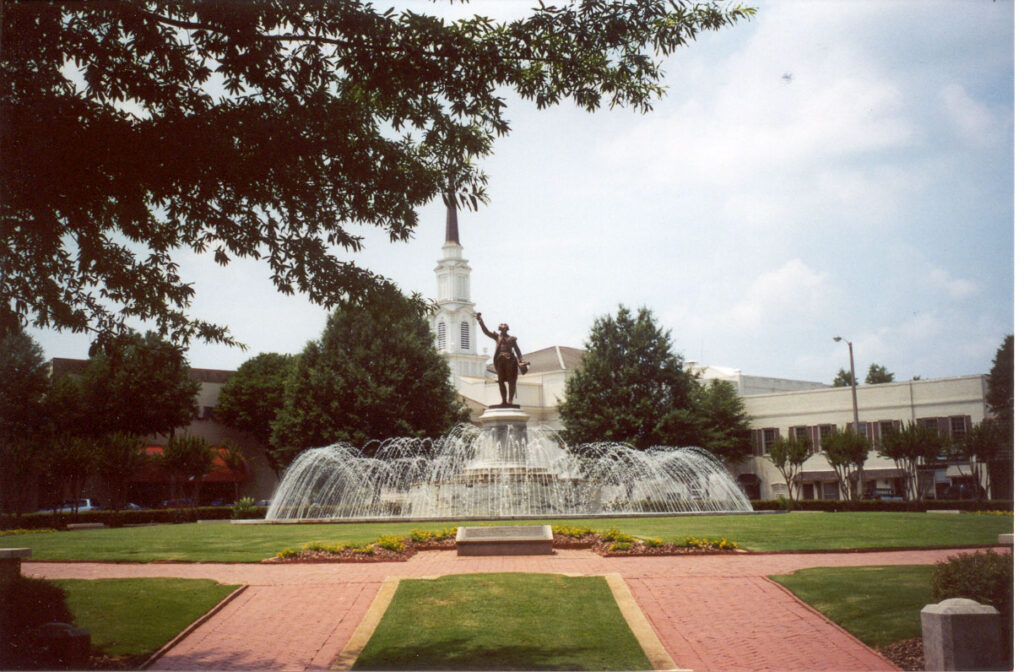
In May 1865 Union general Emory Upton (whose later works were the basis of U.S. military policy and tactics) came to LaGrange to arrest Benjamin Hill, a member of the Confederate Senate, at his home, Bellevue. At the same time Upton captured Stephen Mallory, Confederate secretary of the navy. Many prominent figures of the 1800s began or had careers in LaGrange, including A. O. Bacon, Logan Bleckley, Alfred H. Colquitt, Albert H. Cox, William Dougherty, Blount C. Ferrell, John B. Gordon, Daniel N. Speer, Linton Stephens, and W. O. Tuggle.
The 1880s through World War II
In 1888 a six-year-old cottonseed-oil mill became the first cotton manufacturer in LaGrange. The second, Dixie Mills, came in 1895. By 1920 there were nine. Investment was mostly local, led by Cornelius V. and James G. Truitt, Joseph E. and O. A. Dunson, and Fuller E. Callaway. Two new railroads came to LaGrange between 1895 and 1906. Industrialization led to growth and the corresponding need for city services; sewers, water lines, electricity, fire and police departments, paved streets, and public schools came to LaGrange in the two decades prior to 1910.
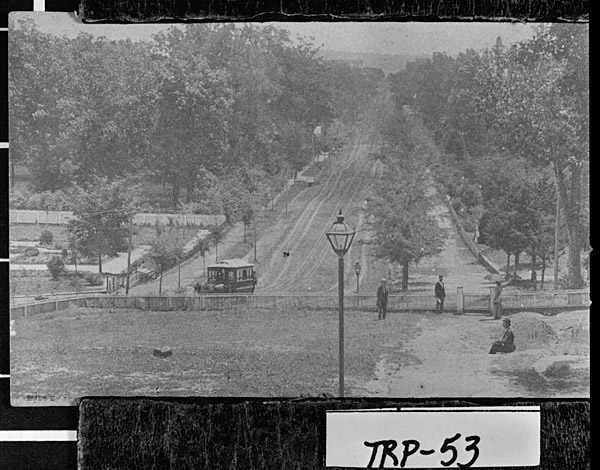
LaGrange received national acclaim for the contributions of its citizens during World War I (1917-18). In all five Liberty Loan Bond Drives, LaGrange and Troup County were said to be the first in the nation to oversubscribe their quotas, doing so on the first day of each drive.
Health services were first provided by Dr. Henry R. Slack’s private sanitarium (1902) and then Good Shepherd Hospital, built jointly by Truitt-Callaway Mills and the Episcopal Church (1913). Joseph E. Dunson gave LaGrange the funds to open its first public hospital in 1916, to serve Black and white citizens. In 1937 Dunson Hospital expanded to new facilities and was renamed City-County Hospital. It became West Georgia Medical Center, largely through the support of the Callaway Foundation. It is now a division of West Georgia Health System along with Florence Hand Nursing Home, Coleman Community Health Center, West Georgia Dialysis, a retirement community (Vernon Woods), a hospice, and a home care unit. Adjoining it are the Enoch Callaway Cancer Clinic, Georgia Heart Clinic, several clinics in Medical Park, Southern Therapy Services, and the Clark-Holder Clinic, which has been serving the citizens of LaGrange since 1935.
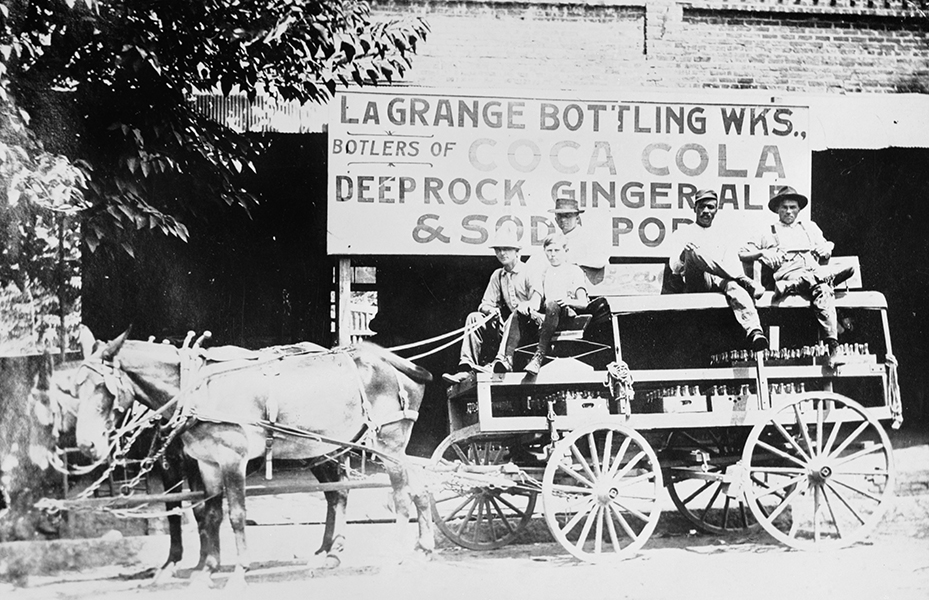
Post-World War II Era
After World War II (1941-45), which found LaGrange citizens in every theater of the war, growth began again. Industrial diversification, beginning about 1968, was one factor. Fourteen Fortune 1000 firms maintain substantial facilities in LaGrange. Another factor has been contributions made by the Callaway Foundation, created by Fuller E. Callaway Jr. and Alice H. Callaway in 1943, which enhance the city’s quality of life. LaGrange has amenities not found in similar-sized towns: two art galleries, a symphony orchestra, a ballet company, an opera company, an airport, a television station, an archives, two colleges (LaGrange College and West Georgia Technical College), and thirteen recreational centers with facilities for every sport. Awards in the year 2000 included the Intelligent City of the Year award of the World Teleport Association, Georgia City of Excellence, and Government Technology Leadership Award. Every home has free Internet access provided by the city.
Historic venues in LaGrange include several National Register districts and homes, including the boyhood home of renowned artist Lamar Dodd. Bellevue, former home of Benjamin Hill and now home of the LaGrange Woman’s Club, is the city’s only National Historic Landmark structure. Hills and Dales, designed by Neel Reid in 1914, was home to four generations of the Callaway family and is set in Ferrell Gardens, which were established in 1832. The house and garden are now operated by the Fuller E. Callaway Foundation for public and educational benefit.

LaGrange hosts several annual festivals and events. The nationally acclaimed, award-winning Azalea Storytelling Festival is held in early spring, while the Hydrangea Festival occurs in May or June. The city celebrates Independence Day each year with its Sweet Land of Liberty parade.
LaGrange also works to help establish friendship and understanding between the United States and other nations through its three sister cities: Aso, Kumamoto, Japan; Poti, Republic of Georgia; and Craigavon, Northern Ireland.


